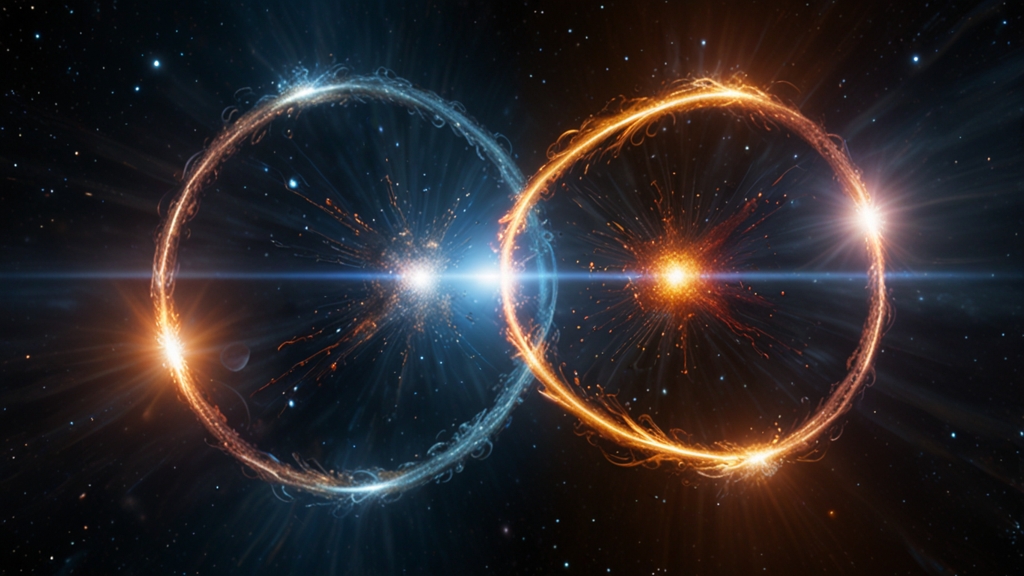Egypt's Cosmic Connection: Did the Ancients View the Stars Differently?
For millennia, the beauty and mystery of the night sky have captivated human imagination. Ancient Egypt, in particular, is renowned for its celestial connections. From the alignment of the pyramids to intricate star charts, the Egyptians displayed a profound understanding and reverence for the cosmos. But did they view the stars differently compared to modern interpretations? This question delves deep into the heart of ancient Egyptian astronomy and spirituality.
The Celestial Blueprints: Alignments and Structures
The ancient Egyptians meticulously incorporated celestial patterns into their architectural endeavors. The Great Pyramid of Giza, for instance, is one of the most iconic examples. It aligns precisely with the cardinal directions and is thought to be oriented towards specific stars such as Alnitak in Orion’s Belt. This alignment wasn’t merely for aesthetic or navigational purposes but reflected a deeper, spiritual significance.
"Modern research suggests that the pyramids were not just grand tombs but also stellar observatories, aligning with constellations that held profound meanings in Egyptian mythology."
Moreover, various temples such as the Temple of Amun-Re at Karnak were designed to align with the rising sun during solstices. These alignments were not coincidental but intended to convey the connection between the divine and celestial realms.
Stellar Deities and Myths
Egyptian mythology is rich with celestial deities. Nut, the goddess of the sky, Geb, the earth god, and Ra, the sun god, played essential roles in the daily and cosmic cycles. The Milky Way was often depicted as the celestial Nile River, imbued with divine essence. The stars themselves were sometimes seen as manifestations of gods and provided guidance and protection.
One of the most fascinating aspects is the association of the constellation Orion with the god Osiris. Egyptians believed that Osiris, the god of the afterlife, resurrection, and agriculture, dwelled in Orion after his death and resurrection. This belief reinforced the notion that the stars were not just distant suns but intimately connected to human destiny and divine narratives.
The Dendera Zodiac: An Ancient Star Map
The Dendera Zodiac, which is a relief on the ceiling of the Hathor Temple at Dendera, offers a vivid portrayal of the night sky as perceived by the ancient Egyptians. This circular diagram includes representations of the zodiac signs, decans (36 groups of stars used in the Egyptian calendar), and planetary bodies. It’s a masterpiece that indicates an advanced understanding of celestial movements.
"The Dendera Zodiac is not just an astronomical chart but a spiritual map that underscores the Egyptians' efforts to interweave their understanding of the cosmos with their religious and cultural fabric."
This map illustrates their belief in the cyclical nature of time and the universe, mirroring many concepts found in Eastern philosophies today.
Practical Astronomy and Timekeeping
Practical astronomy played a crucial role in the daily and agricultural lives of the Egyptians. The heliacal rising of the star Sirius, known as Sothis, was particularly significant as it heralded the annual flooding of the Nile, which was vital for agriculture. This event marked the beginning of the Egyptian New Year and was celebrated with great reverence.
Additionally, the Egyptians divided the day into 24 hours and used various instruments like sundials and water clocks to measure time based on the positions of the sun and stars. This precision in timekeeping was critical for both daily activities and religious ceremonies.
Conclusion: A Dual Perspective
The ancient Egyptians' view of the stars was undeniably different from our contemporary understanding. While modern astronomy sees the cosmos largely through a scientific lens, focusing on physical properties and mechanics, the Egyptians perceived the stars as intertwined with their spiritual and cultural existence. Their cosmology reflected a seamless blend of observational precision and mythological richness.
Their celestial connections were not merely about charting the heavens but about finding their place within the universe—a perspective that remains both profoundly ancient and timelessly human.










